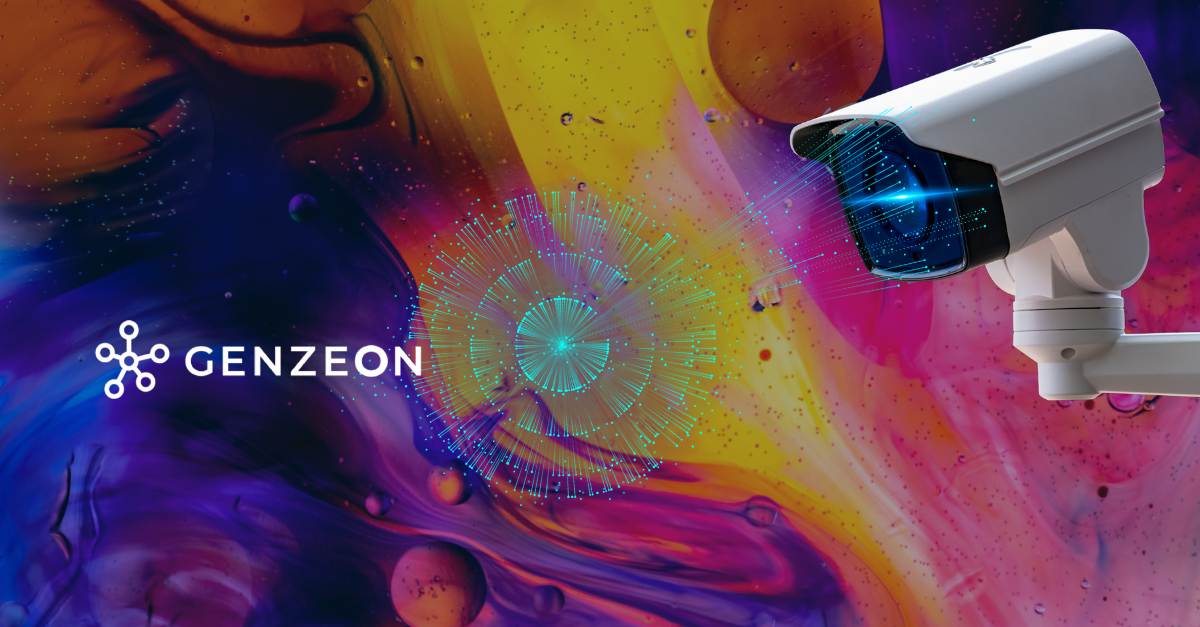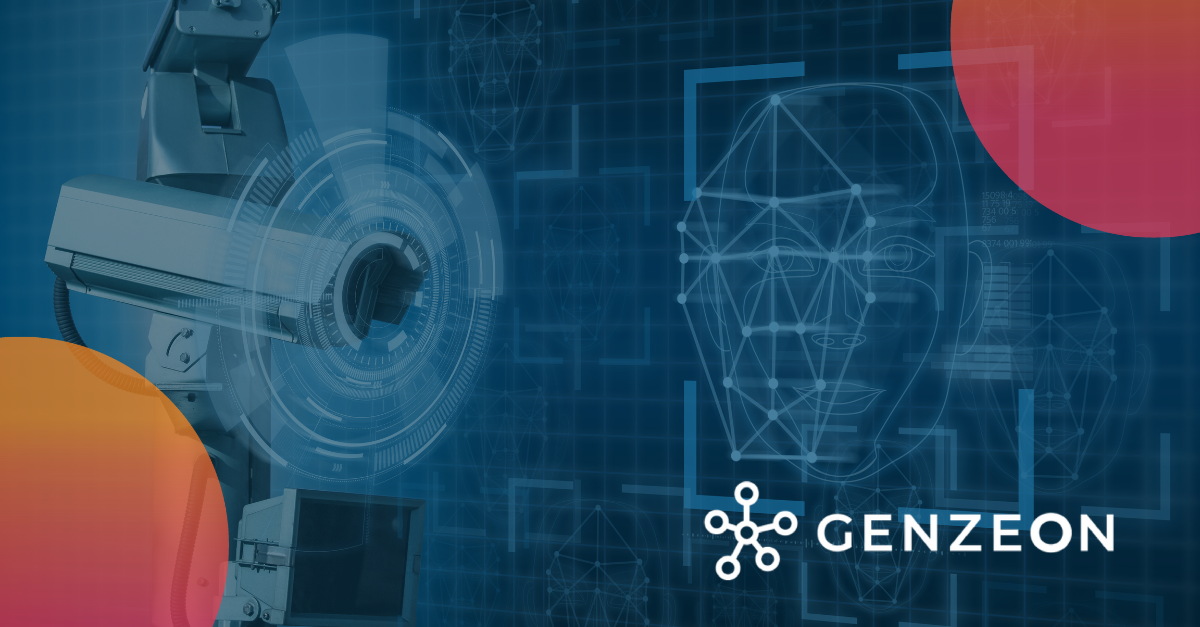
Retailers face multiple customer service pain points.
In 2024, only 8% of businesses report greater-than-expected satisfaction with their customer care performance.1 The key to changing these satisfaction gaps and operating at a high level? Making it easier for customers to acquire self-service help and empowering agents with real-time answers and connected data.
The following infographic explores the pain points and related benefits from enabling AI chatbots in an omnichannel strategy.
Customers Frustrated
- 73% of consumers will switch to a competitor after multiple bad experiences. More than half after one.
- 25% of customers report it takes a lot of effort to get customer cases resolved – 61% a moderate amount. 3
- Top Customer Complaints: 4
- 53% - Being put on hold and waiting too long for responses
- 47% - Agents being rude or impolite
- 41% - Explaining my problem to several people, several times
- 36% - Not being informed about the updates concerning my problems
Agents Frustrated
- 57% of leaders expect call volumes to increase by as much as one-fifth over the next one or two years
- 60% of customer service agents say a lack of consumer data often causes negative experiences. 2
- 14% of agents’ time is used looking for information to help customers. 5
- Top Agent Roadblocks: 7
- Lack of collaboration
- Outdated technology and infrastructure
- Agent turnover
- Data silos
Embracing an Omnichannel Future with AI Chatbots
Customers want to have support wherever they are – a majority of customers use seven or more channels while engaging with a brand. 6 By connecting all of a user’s data into a comprehensive view, existing agents and AI-enabled chatbots can improve customer and employee satisfaction.
- 65% of customer service tasks can be automated with an AI-powered omnichannel contact center solution. 11
- A customer-first operation can yield up to a 700% ROI over 12 years. 8
- Over $24 billion could be saved in customer service roles through automation and process improvement. 10
Customers Cautious
- 80% also find it important that a human is validating outputs. 3
- 68% of consumers would not use a chatbot again if they had a bad experience. 3
- 89% of consumers find it important to know whether they’re talking to a human or an AI. 3
Customers Interested
- 3 in 4 consumers believe chatbots provide the correct information. 2
- 69% of consumers are satisfied with their last chatbot interaction. 4
- And 40% of consumers have no preference to bots or human agents if they receive the necessary support. 12
Conclusion
Retailers can find great value in optimizing their stakeholder experiences with intelligent chabots that can assist both customers and employees using streamlined omnichannel data.
Work with an experienced retail technology partner to ensure your growth and customer success throughout the omniverse. Read more about Genzeon’s success with intelligent chatbots and omnichannel data at https://www.genzeon.com/retail/.
Sources:
- McKinsey Where is customer care in 2024?
- Zendesk. 51 customer service statistics you need to know.
- Salesforce. State of the Connected Customer
- Tidio. The Future of Chatbots: 80+ Chatbot Statistics for 2024
- Aberdeen. Contact Center & CX Trends 2019 (Part 2)
- Aberdeen/Verint. The Intelligent Contact Center: Use Data to Drive Efficiency & Maximize Customer Experiences
- Scorebuddy. 10 Tips to Boost Contact Center Operational Efficiency
- Forrester. Why Customer Obsession is Important.
- Toister Solutions. Preventing Agent Burnout 2023
- McKinsey. Customer care in 2022 and beyond
- McKinsey. Harnessing automation for a future that works
- Hubspot. The Robot Revolution: Why Marketers Should Prepare for the Rise of Artificial Intelligence



